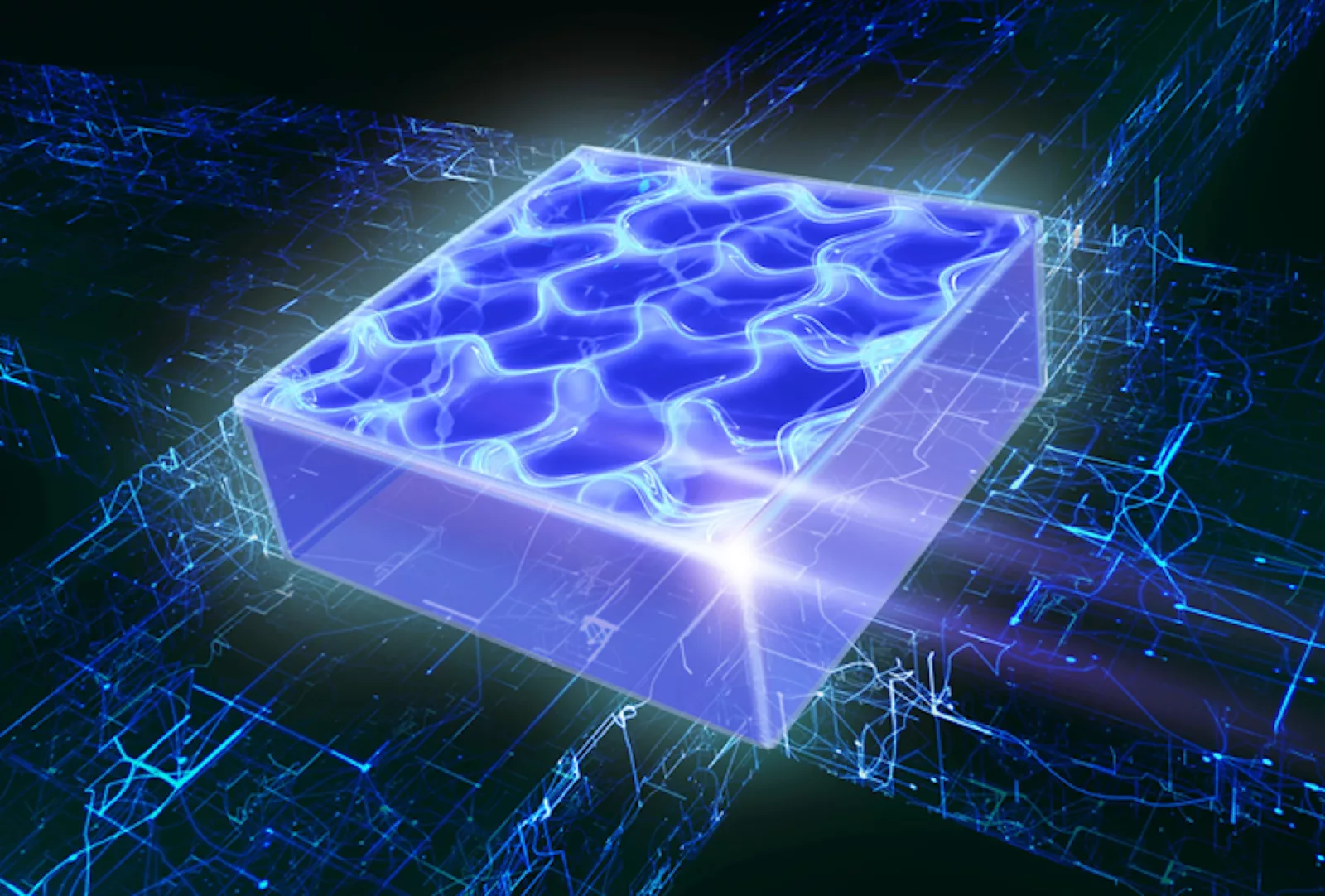The standard states of matter are solid, liquid, gas and plasma. However, scientists were able to create a new state of matter called supersolid. The exotic state of matter was created in a lab a few years ago. However, the idea exists since the 1960s.
Researchers have conjured a new two-dimensional form in the lab. Despite its name, this state of matter is solid and superfluid at the same time. Its atoms are organized in a rigid crystalline formation, but they flow with hero viscosity. Although it may sound like a paradox, it was confirmed back in 2017 in a successful experiment.
This time, scientists at the University of Innsbruck used Bose-Einstein condensate (BEC) for the lab experiment creating a phenomenon called delocalization. Until now, experiments included one-dimensional forms where atoms flowed in one direction. However, researchers expanded their area of moving in a two-dimensional form. This BEC consisting of dysprosium atoms, and magnetic interactions between atoms, made them line up in a grid as droplets.
“Normally, you would think that each atom would be found in a specific droplet, with no way to get between them,” says Matthew Norcia, an author of the study. “However, in the supersolid state, each particle is delocalized across all the droplets, existing simultaneously in each droplet. So basically, you have a system with a series of high-density regions (the droplets) that all share the same delocalized atoms.”
This successful experiment allows scientists to explore quantum in a broader way. Although the one-dimensional supersolid is interesting, it has its limits.
“For example, in a two-dimensional supersolid system, one can study how vortices form in the hole between several adjacent droplets,” says Norcia. “These vortices described in theory have not yet been demonstrated, but they represent an important consequence of superfluidity.”
You can find the complete study in the journal Nature.























Leave a Reply